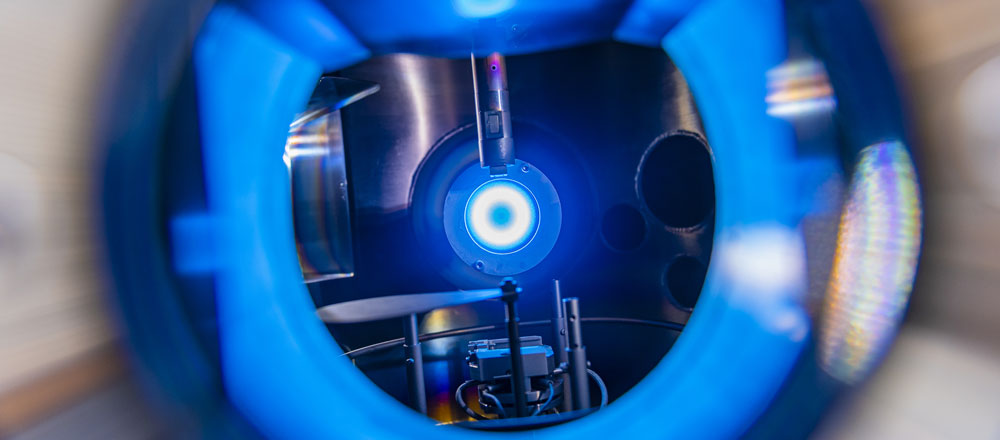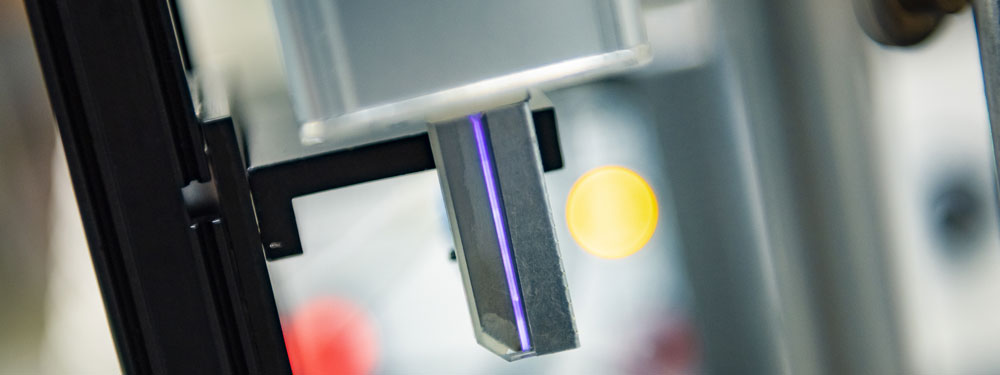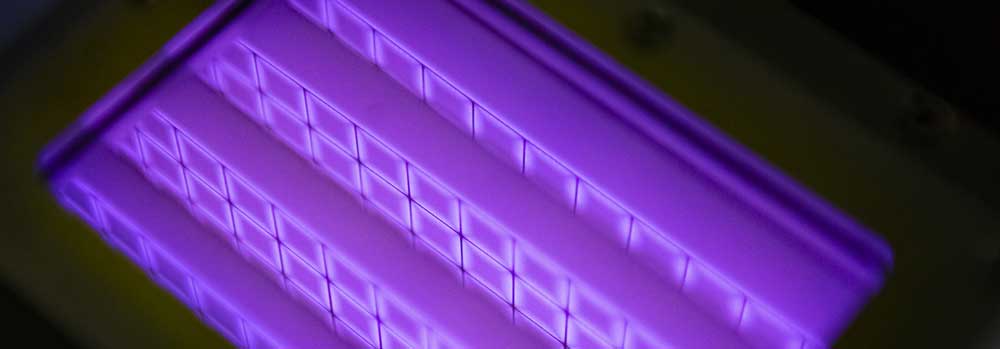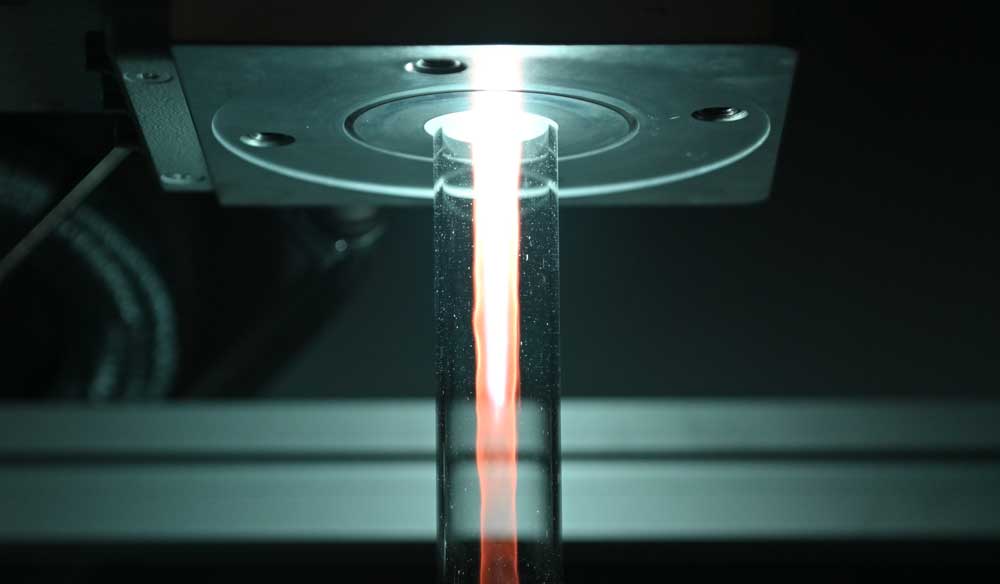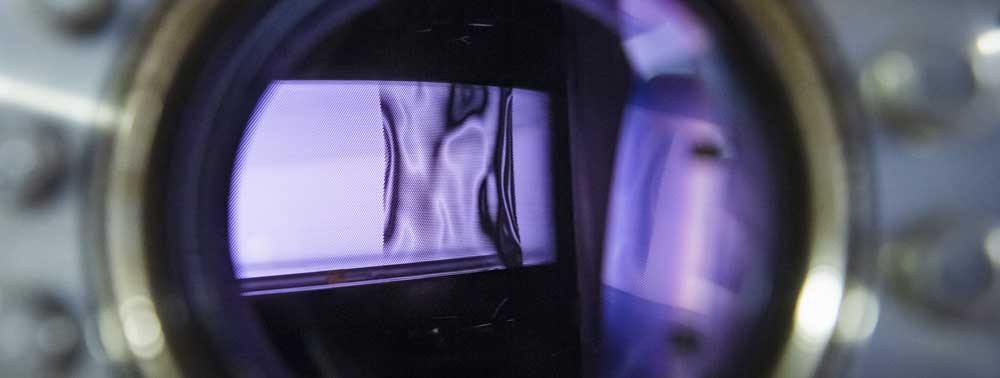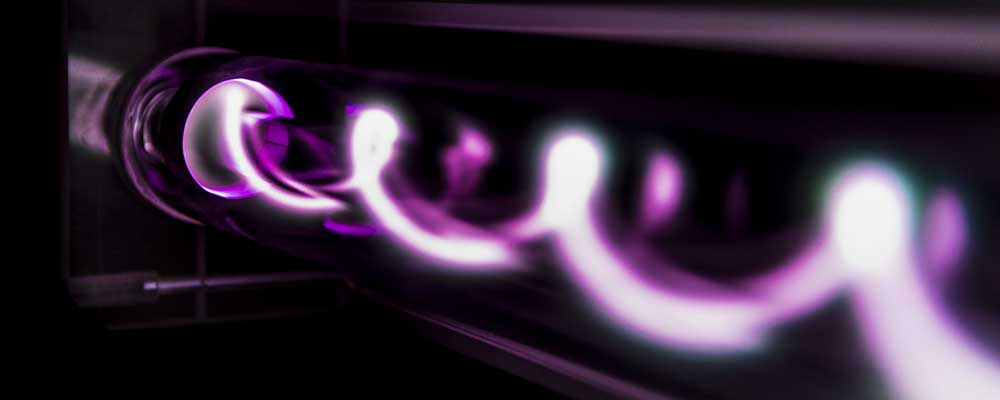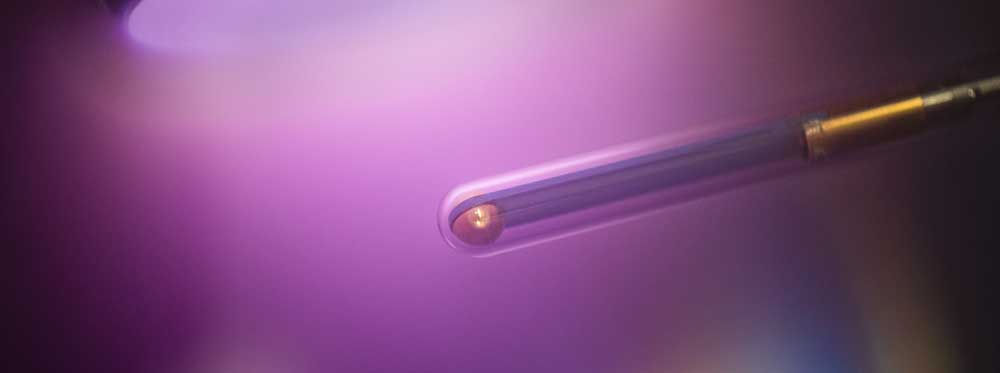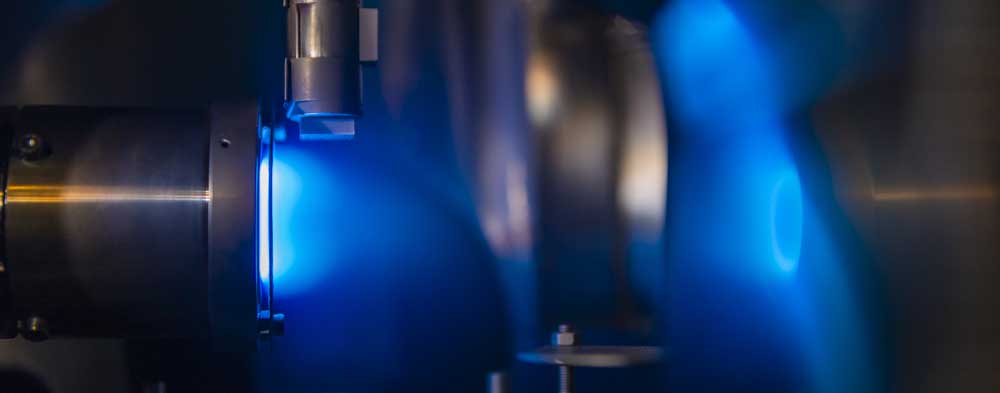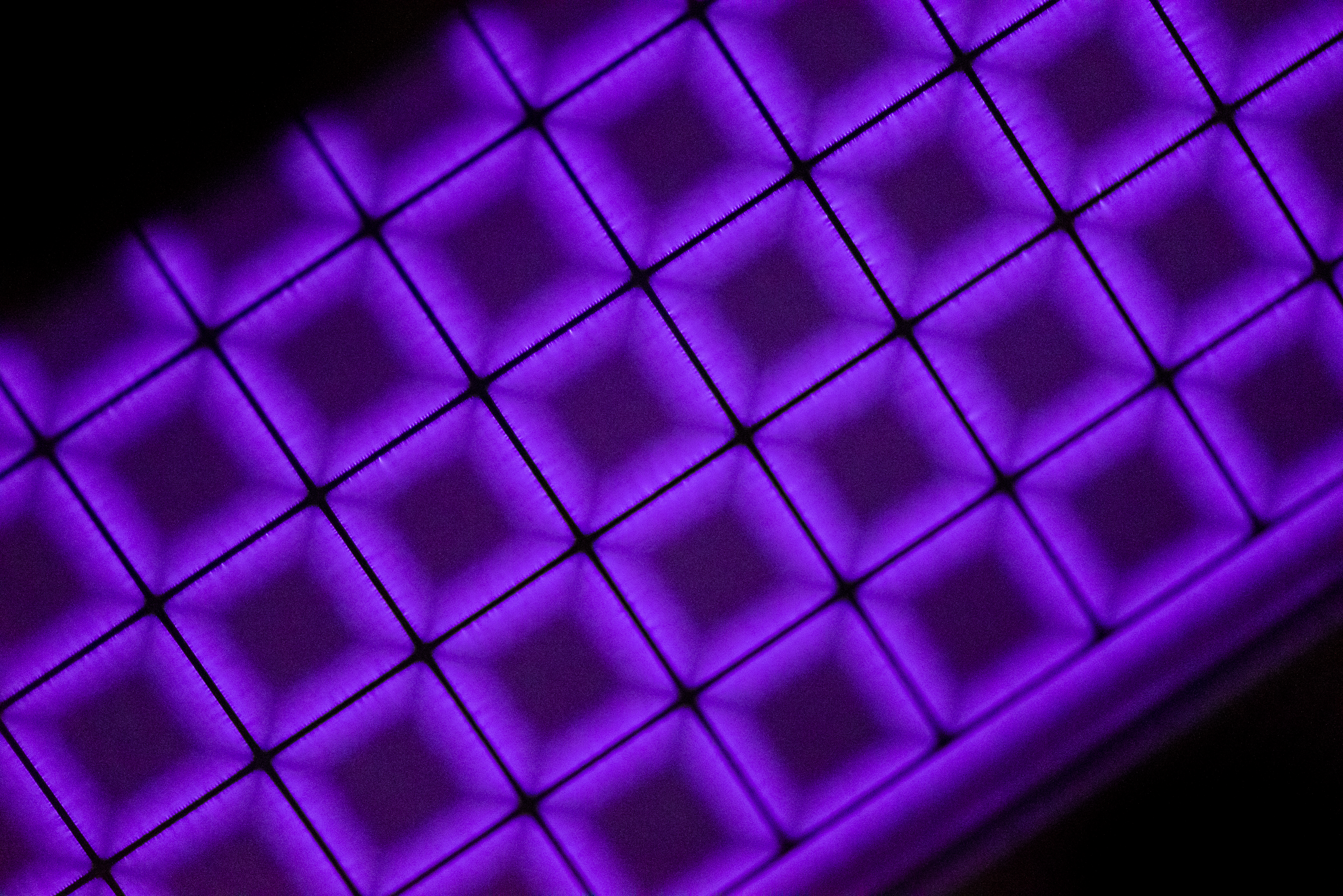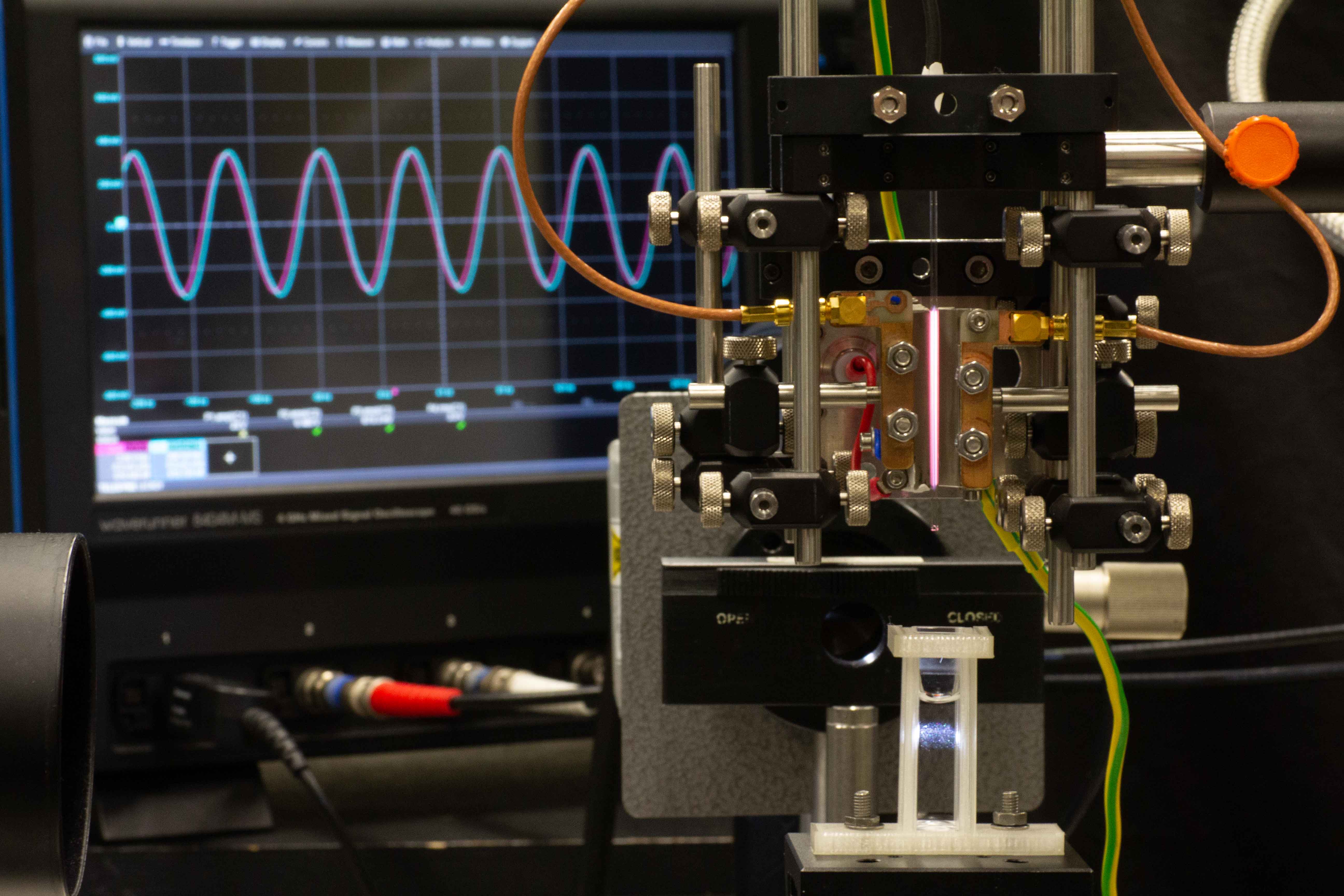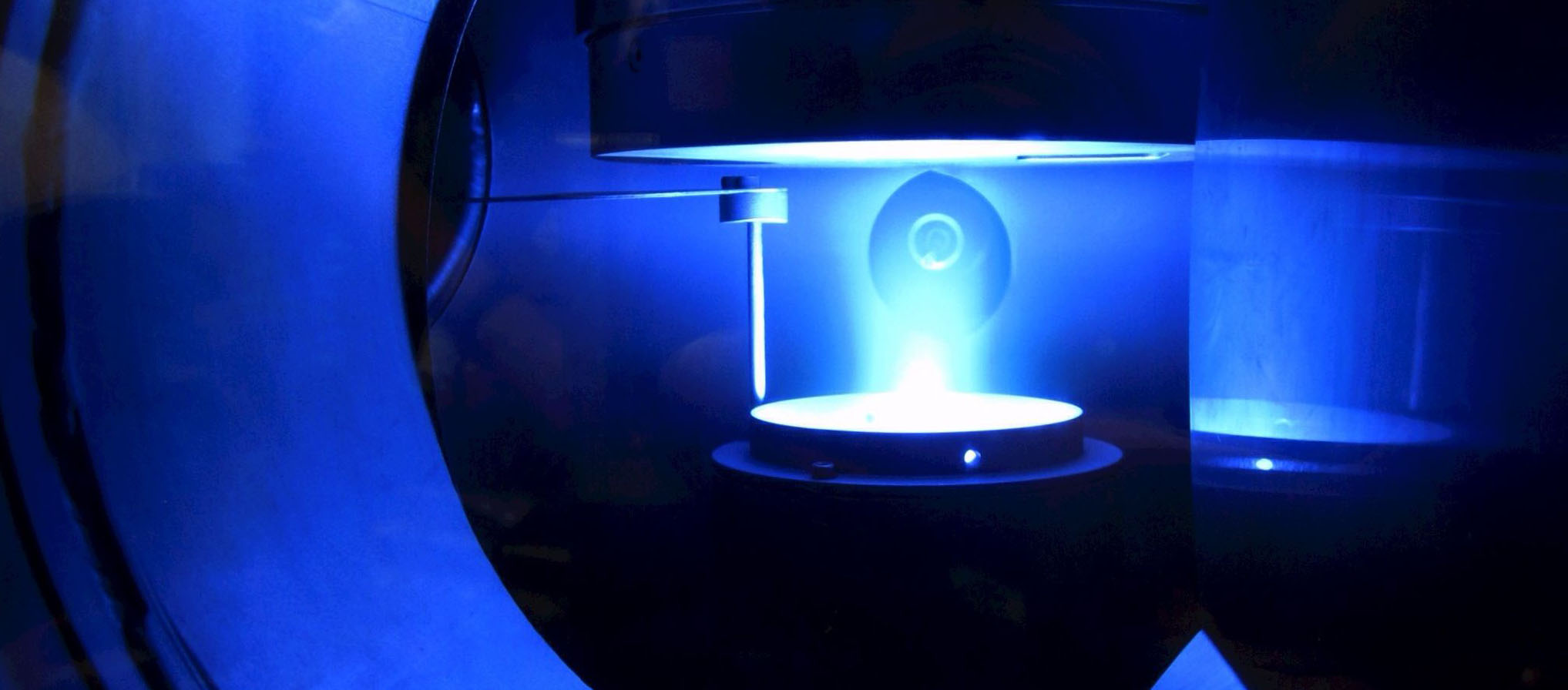- Details
Workshop “Stability and Instabilities of Microplasmas”
The research group FOR1123 "Physics of Microplasmas" is organizing an international workshop on "Stability and Instabilities of Microplasmas" at the Ruhr-Universität Bochum from 30.05.-01.06.2012. This workshop has been held on 31.05. and 01.06. at the Veranstaltungszentrum (VZ) of the RUB in room 82. Guests will be
- Peter Bruggeman, Technische Universiteit Eindhoven (NL)
- Remi Dussart, Groupe de Recherches sur l'Energétique des Milieux Ionisés (GREMI), Université d'Orléans (F)
- Satoshi Hamaguchi, Center for Atomic and Molecular Technologies, Graduate School of Engineering, Osaka University (J)
- Ömer Ilday, Bilkent University Ankara (T)
- Mark Kushner, Mich. Inst. for Plasma Sci. & Engr. (MIPSE), University of Michigan (USA)
- Yi-Kang Pu, Tsinghua University (CH)
- Nader Sadeghi (F)
http://www.for1123.rub.de
- Details
Wisconsin-Madison
16.05.2012 - SARA GALLIAN VISITED PROF. HITCHON AND PROF. KUSHNER
During the last week of April, Sara Gallian, research assistant at TET Institute working in the SFB-TR 87 framework, has visited Prof. Hitchon and Prof. Kushner to discuss on the simulation of the HPPMS process. Nick Hitchon is a Professor at the University of Wisconsin-Madison and an expert in the field of kinetic plasma simulations. He is cooperating with the TET group on the phenomenological modeling of the recently observed rotating instability during the HPPMS operation. Mark Kushner is a Professor at the University of Michigan and is head of the Computational Plasma Science and Engineering Group (CPSEG) in the Department of Electrical and Computer Engineering. Prof. Kushner is a well known expert in the field of Hybrid Modelling and the main developer of the Hybrid Plasma Equipment Model (HPEM). HPEM is a comprehensive modeling platform for low pressure plasma processing reactors, capable of addressing Magnetron sputter and Ionized Metal Physical Vapor Deposition (IMPVD). During the visit, it was discussed the possibility use HPEM in the preliminary simulation of the HPPMS discharge.
- Details
39TH ICMCTF 2012 IN SAN DIEGO
From April 23 to 27, 2012, the 39th International Conference on Metallurgical Coatings and Thin Films (ICMCTF) has been held in San Diego, USA. The SFB-TR 87 supported this most important conference in the thin film field with 15 participants and actively contributed to the success of the event. The young scientists and the PhD students could have many talks and discussions with experienced scientists of the scene. In this way, each individual was able to generate an advantage for himself and can use this and the newly gained contacts for future work in the SFB. From the SFB's point of view, the highlights of this year's event were the invited lectures by Professor Schneider (MCh, RWTH Aachen) and Professor Bobzin (IOT, RWTH Aachen). Through these and the many presentations and poster contributions from the SFB, it was also possible to present the SFB to the public.
- Details
Michigan
10.04.2012 - JENNIFER STEPANEK IN MICHIGAN
Doktorandin Jennifer Stepanek aus der Nachwuchsgruppe Mikrobielle Antibiotikaforschung von Jun.-Prof. Julia Bandow ist vom 28.01. bis zum 27.04.2012 zu Gast bei Prof. Jakob im Department of Molecular, Cellular, and Developmental Biology der University of Michigan. Im Rahmen der Forschung für das Research Department „Plasmas with Complex Interactions“ untersuchte sie im Jakob Lab die Wirkung von Plasma auf das Protein Hsp33. Dabei zeigte sich eine Induktion der Chaperon-Aktivität von Hsp33 durch die Plasmabehandlung.
- Details
Workshop
Workshop "Plasma & Bio"
On March 9, 2012, the first "Plasma & Bio" workshop will have been held in NDEF 06/780 (Microbiology seminar room).
http://www.rd.rub.de/plasma/news/2012/news00065.html
IBEX SWT and Workshop "Three Years of Observations with IBEX - What did we learn about the Outer Heliosphere?"
Date: 28 - 31 March 2012, Physikzentrum Bad Honnef, Germany
Three years after the successful launch of the Interstellar Boundary Explorer (IBEX) and, thus, after three years of measurements of Energetic Neutral Atoms (ENAs), it is time to critically assess what new insights into the physics of the outer heliosphere and its boundaries have been gained from this mission. Such assessment will be valuable because the science of IBEX is related to several central topics of present heliophysical research, namely
(i) the plasma and magnetic field structure of the outer heliosphere and the local interstellar medium,
(ii) the details of the interaction between the solar and the so-called interstellar wind,
(iii) the global properties of the termination shock and the heliopause, and
(iv) the transport of suprathermal particles.
Due to the expertise of the IBEX team participants and the invited international scientists, that ranges from theory and numerical modelling to `remote' observations and in-situ measurements, the workshop will cover all aspects of these research topics.
The participation in the workshop is by invitation only.
http://helio_cr.tp4.rub.de/BadHonnef/index.php
- Details
Toulouse
08.03.2012 - RÜDIGER REUTER AN DER PAUL-SABATIER UNIVERSITÄT IN TOULOUSE
Vom 6.2. bis 2.3.2012 war Doktorand Rüdiger Reuter zu Gast an der Paul-Sabatier Universität in Toulouse (Frankreich). Am Laboratorie Plasma & Conversion d’Energie (Laplace) untersuchte er in der Gruppe von Nicolas Gherardi die Abscheidung dünner Siliziumoxid Schichten durch eine DBD Entladung. Eine Beschichtung Monolage für Monolage, wie sie auch in an der Ruhr-Universität in den Arbeitsgruppen Gekoppelte Plasma-Festkörpersysteme und Reaktiver Plasmen in der DFG Forschergruppe 1123 durchgeführt wird, wurde auf eine DBD Entladung übertragen und erfolgreich zum Abscheiden kohlenstofffreier Schichten angewendet.
- Details
JAN BENEDIKT AT THE SCIENTIFIC KICK OFF MEETING OF THE COST ACTION: BIO-PLASMA MP1101
The scientific kick off meeting of the COST Action: Bio-Plasma MP1101 has been organised in Bari, Italy, on February 16th/17th, 2012. The main goals of this action are to intensify the knowledge base relevant to medical and biomedical applications of atmospheric pressure plasma technology within Europe, and to raise the general awareness of the potential of this technology via the establishment of a communication platform. The network is looking towards early exploitation of plasma treatment techniques with enormous potential for patient care, particularly to reduce infection, enhance the speed of wound healing and treat cancer. The COST Action is divided into four workgroups: WG1: Plasma Therapeutics, WG2: Functional Coatings for Biomaterials, WG3: Bio-Plasma Interactions, and WG4: Plasma Sources for Biomedical Applications. The group of Jun.-Prof. Benedikt is with its unique atmospheric pressure X-Jet involved in the analysis of plasma sources for biomedical applications. This research is performed in close collaboration with Jun.-Prof. Julia Bandow and Prof. Peter Awakowicz, both located at RUB, and Dr. Ralf Möller (German Aerospace Centre in Cologne).
- Details
Orléans
14.02.2012 - DR. VOLKER SCHULZ-VON DER GATHEN AT GREMI, UNIVERSITÉ ORLÉANS
On Februar 16th and 17th, 2012, Dr. Volker Schulz-von der Gathen visited Ph.D. student Mukesh Kumar Kulsreshath, his supervisor Remi Dussart and our Master-student Judith Golda who is for an exchange semester at GREMI [Groupe de Recherches sur l'Energetique des Millieux Ionises], Université Orléans, (France). The cooperative work on the development of microarrays is supported by the DAAD in the frame of a bilateral PROCOPE project (ID 54366312).
- Details
8TH EU-JAPAN JOINT SYMPOSIUM ON PLASMA PROCESSING IN NARA / JAPAN
Prof. Uwe Czarnetzki nahm am 8. "EU-Japan Joint Symposium on Plasma Processing (JSPP2012) with special emphasis on Atomic and Molecular Database for Plasmas and Surfaces" vom 16.-18. Januar 2012 in Nara / Japan teil und hielt am Montag einen eingeladenen Vortrag.
Foto v.l. Prof. Masaharu Shiratani Kyushu Univ., Prof. Kunihide Tachibana Osaka Electro-Communication
University, Prof. Shunjiro Shinohara Tokyo University of Agriculture and Technology.
- Details
Prague
06.12.2011 - DR. ILIJA STEFANOVIĆ AT CHARLES UNIVERSITY, PRAGUE
From 27th November to 29th November 2011 Dr. Ilija Stefanović, PI of Research Dept. «Plasmas with Complex Interactions», was guest of Department of Macromolecular Physics, Faculty of Mathematics and Physics, Charles University, Prague, Czech Republic. During his stay he visited the laboratories and dicussed with Prof. H. Biderman, Dozent A. Shukurov and others about new developments in the field of plasma polymers. On 29th of November, he gave the lecture for the Faculty members with the title «CONTROLLED HYDROCARBON NANOPARTICLE FORMATION IN LOW PRESSURE, LOW TEMPERATURE RF PLASMA».
- Details
Junior scientist event WELTPP-14
The 14th Workshop on the Exploration of Low Temperature Plasma Physics (WELTPP-14) will be held on December 1st and 2nd, 2011 at the old convent Rolduc in Kerkrade. This workshop is intended for active scientists working in the field of low temperature plasma physics.
The aim of this workshop is to create a forum for young low temperature plasma scientists, that is graduate students and postdoctoral researchers, to meet, learn from each other, exchange knowledge, present results and establish new contacts. The emphasis is on the presentation of the work of the people new in this field. The meeting will be a two days session starting on Thursday before lunch and finishing on Friday afternoon.
The program can be found here.
http://www.phys.tue.nl/EPG/WELTPP/
